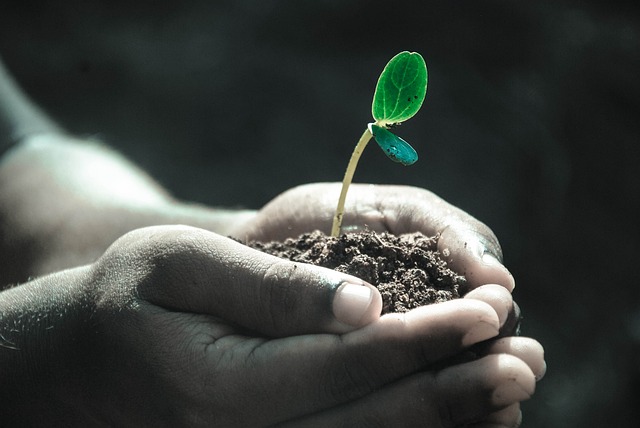
The Fundamental Unit of Life
Chapter Overview
This chapter introduces the basic structural and functional unit of life, the cell. It covers the discovery of the cell, the cell theory, types of cells, cell organelles, and their functions. The chapter also explains the differences between plant and animal cells and the concept of cell division.
Cell: The smallest structural and functional unit of an organism, which is typically microscopic and consists of cytoplasm and a nucleus enclosed in a membrane.
Discovery of the Cell
The cell was first discovered by Robert Hooke in 1665 when he observed a thin slice of cork under a microscope. He noticed small compartments resembling honeycomb structures, which he called 'cells'. Later, Anton van Leeuwenhoek observed living cells for the first time.
Cell Theory
The cell theory, formulated by Schleiden and Schwann, states:
- All living organisms are composed of cells.
- The cell is the basic unit of life.
- All cells arise from pre-existing cells.
Types of Cells
Cells can be classified into two types based on their structure:
- Prokaryotic Cells: Cells without a well-defined nucleus or membrane-bound organelles (e.g., bacteria).
- Eukaryotic Cells: Cells with a well-defined nucleus and membrane-bound organelles (e.g., plant and animal cells).
Cell Organelles and Their Functions
Eukaryotic cells contain various organelles, each with specific functions:
- Cell Membrane: A selectively permeable membrane that regulates the entry and exit of substances.
- Nucleus: Controls all cellular activities and contains genetic material (DNA).
- Cytoplasm: A jelly-like substance where organelles are suspended.
- Mitochondria: Powerhouse of the cell, produces energy (ATP).
- Endoplasmic Reticulum (ER): Involved in protein and lipid synthesis.
- Golgi Apparatus: Packages and transports materials within the cell.
- Lysosomes: Contain digestive enzymes to break down waste.
- Vacuoles: Storage sacs for water, nutrients, and waste.
- Plastids (in plant cells): Includes chloroplasts for photosynthesis.
- Cell Wall (in plant cells): Provides rigidity and protection.
Differences Between Plant and Animal Cells
| Feature | Plant Cell | Animal Cell |
|---|---|---|
| Cell Wall | Present | Absent |
| Plastids | Present | Absent |
| Vacuole | Large and central | Small and numerous |
Cell Division
Cell division is the process by which a parent cell divides into two or more daughter cells. It is essential for growth, repair, and reproduction. There are two types of cell division:
- Mitosis: Produces two identical daughter cells with the same number of chromosomes.
- Meiosis: Produces four daughter cells with half the number of chromosomes (gametes).
